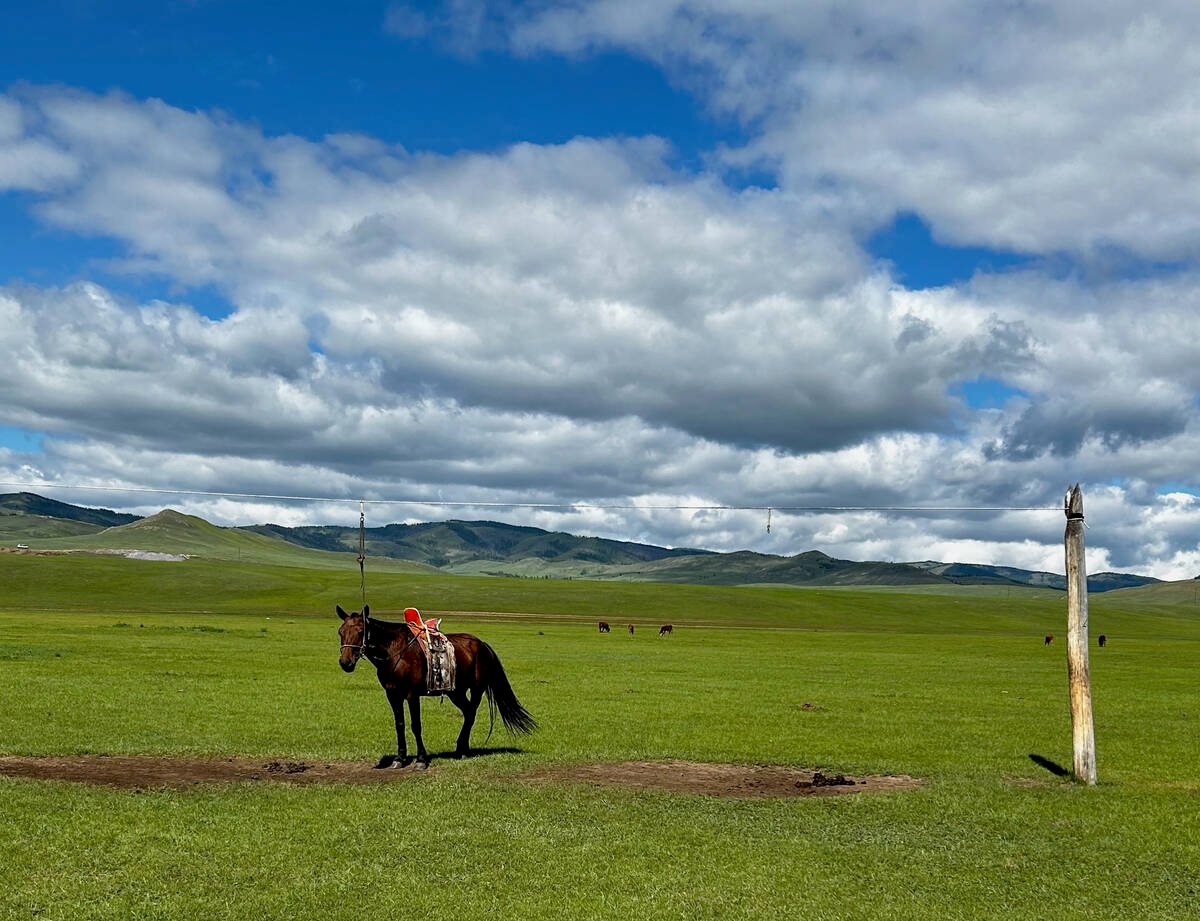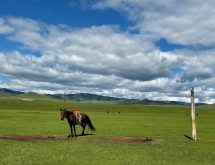Despite recent warmer weather, crop development is about two weeks behind normal, a fact largely ignored by the markets.
With the exception of southern Alberta, the Prairies are one to two weeks behind normal, according to provincial crop reports and input from commodity groups.
Saskatoon commodity broker Larry Weber said oilseeds are the furthest behind. He examined crops first-hand near Lloydminster, Sask., last weekend.
“There’s canola that’s two inches high and that’s frightful.”
According to the Canola Council, crop development varies from the two-leaf stage for late-seeded fields up to the six-leaf and bolting stages for early-seeded fields.
Read Also

University of Saskatchewan experts helping ‘herders’ in Mongolia
The Canadian government and the University of Saskatchewan are part of a $10 million project trying to help Mongolian farmers modernize their practices.
Weber has seen more of the former than the latter in his travels.
“We’re going to go into the July long weekend with canola that is just thinking about bolting and normally it has bolted and started flowering already.”
He is also concerned about oats, which are primarily grown in northeastern Saskatchewan, a region that is the furthest behind in attaining its average heat units.
“If I was an oat buyer I would be starting to worry today about quality.”
Weber would also make plans for handling an “overabundance” of feed wheat and barley in case of an early frost.
“It would decimate the crop a lot worse than it did in 2002 because we’re that much further behind.”
But he said traders are largely ignoring crop conditions because it’s too early in the season to draw serious conclusions.
Bruce Burnett, director of weather and crop surveillance for the Canadian Wheat Board, said the market won’t react until the halfway point of the growing season.
But the way things sit, all signs point toward a late harvest.
“It’s a definite concern right now.”
While 80 percent of the crop can catch up with a string of hot weather, late-seeded wheat and barley could be in serious trouble.
“It will be somewhat dicey for those to mature.”
Rick Raddatz, hydrometeorologist with Environment Canada, has run some weather-related growing models for spring wheat.
From April 1 to June 20 much of the prairies had received only 50-75 percent of its normal heat units. But it is a different story when the start date is moved to coincide with seeding dates in mid-May to early June.
“Since planting there has actually been 90 to 95 percent of normal heat for crop growth.”
His models also provided encouraging results when forecasting the projected crop-ripening date compared to the mean frost date assuming normal weather conditions. The only area of concern was a strip stretching from Yorkton to Edmonton.
Although the models were developed for spring wheat, the results can be applied to canola as well because the two crops take about the same number of days to mature.
Weber said another bright spot is this year’s pea crop.
“Peas look absolutely amazing. They are just unbelievable. They love cool weather.”















